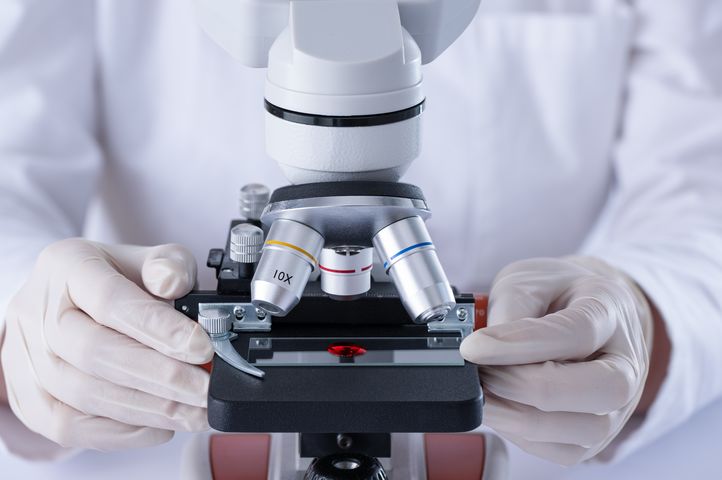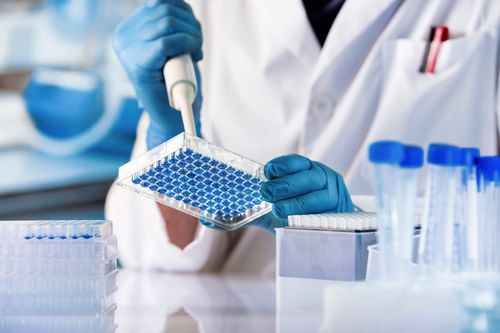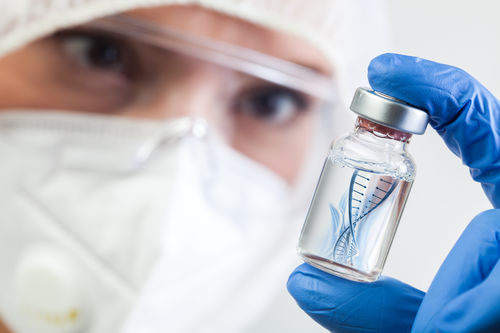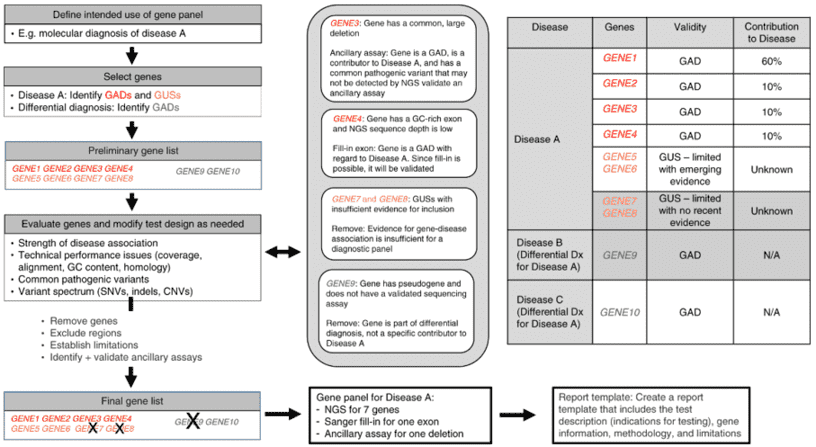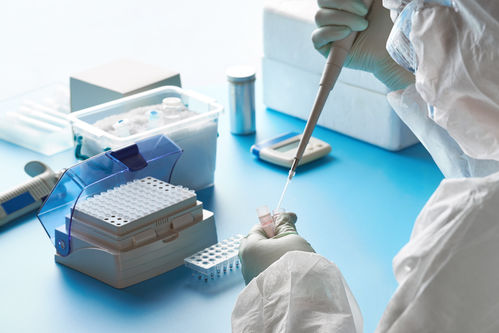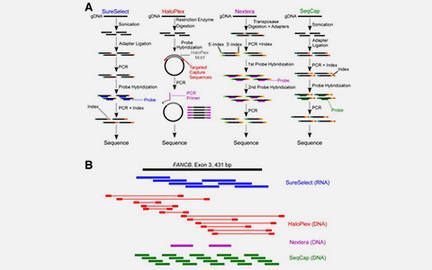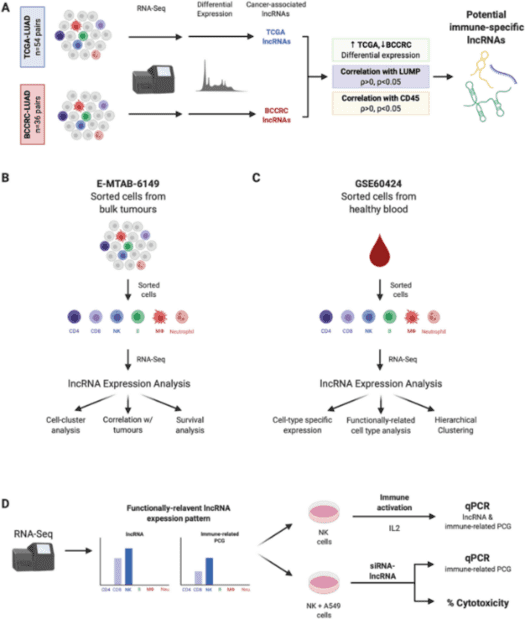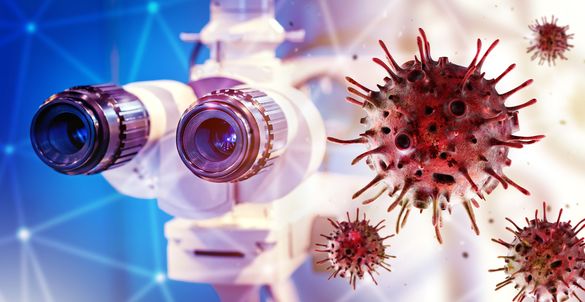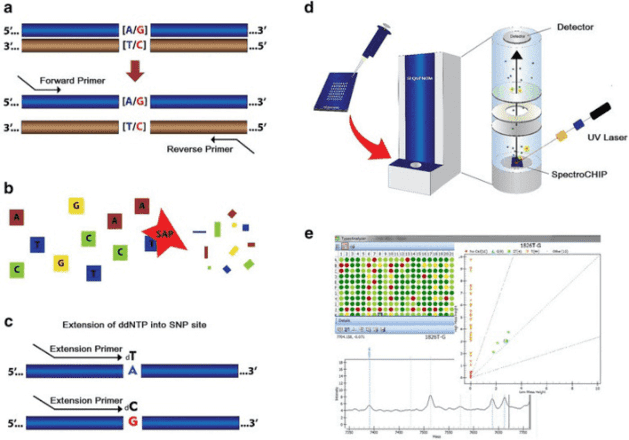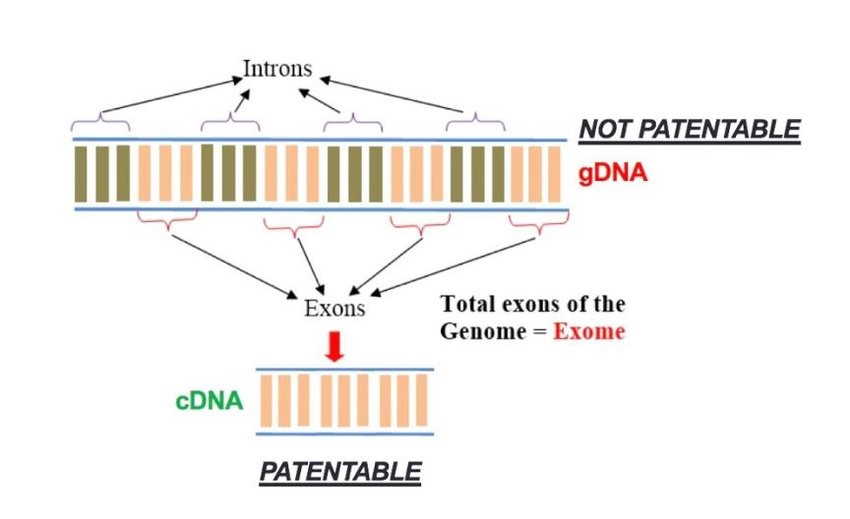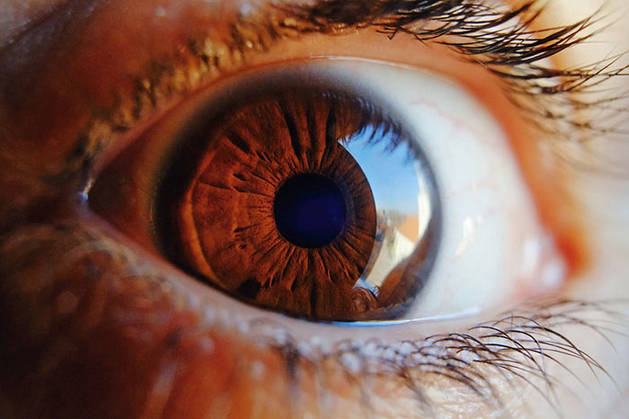
What is glaucoma?
Glaucoma is a non-reversible blindness optic neuropathy. It is the second leading cause of blindness disease that is estimated to affect about 66 million people worldwide, and Asians account for almost half of that all over the world. It is estimated more than 80 million people will be affected worldwide by 2020. Glaucomatous optic neuropathy results from loss of neural tissue. The factors associated with the pathogenesis of glaucoma include high intraocular pressure (IOP), ageing, decreased blood flow and genetic factors.
Disease-related gene description
MYOC gene (myocilin gene) is located on chromosome lq24.3-q25.2 which contains three exons (604bp, 126bp and 782bp). MYOC is expressed in many ocular tissues like sclera, ciliary body, retina, TM, etc. MYOC gene mutant may secrete inadequately or hamper TM cell function and lead to glaucoma. CYP1B1 gene, therefore, forms a member of the superfamily of drug metabolizing enzymes cytochrome—P450 (CYP450). Up to now, more than 500 glaucoma patients with mutations in various regions of CYP1B1 gene have been reported all over the world. Mutations in MYOC, OPTN, LTBP2 and TBK1 gene may have important roles in critical cellular processes, notably autophagy and NF-κB signaling, which is reflected in glaucoma. PXDN is localized on chr 2p25.3 and its protein has expressed on cornea and the layers of the lens epithelial. Previous studies identified that it is required for the normal development of the anterior chamber of the eye. Therefore, any pathogenic change or mutation affects the normal development of the eye and results in various congenital eye anomalies. Previously, mutations in PXDN have been reported in families and patients with developmental glaucoma and anterior segment dysgenesis. LTBP2 gene is expressed in the trabecular meshwork and ciliary processes involved in the regulation and production of the aqueous humor. Mutations in LTBP2 were identified in primary congenital glaucoma families and patients from Pakistan and Gypsies. LTBP2 interacts with fibrillin 1 (FBN1) which is required for its integration into the extracellular matrix. The LTBP2 protein binds directly to FBN1 and competes with LTBP1 for this interaction. A number of studies have linked homozygous mutations in the FBN1 gene and LTBP2 gene with secondary glaucoma developing after the age of 3 years.
To better know the effects of these mutations in CYP1B1, MYOC and other associated genes, our platform provides the Illumina MiSeq or Ion PGM system for targeted NGS sequencing, and offers a comprehensive glaucoma panel library, from which you can choose for genetic testing of glaucoma.
Custom glaucoma panel offers but are not limited to:
-
The Illumina MiSeq/Ion PGM system has been used in target sequencing for rapid sequencing of base pairs in DNA or RNA samples.
-
Amplicon sequencing by Illumina MiSeq/Ion PGM system can downgrade the sample input.
-
The workflow can accelerate the gene expression profiling to save your time.
-
Our platform provides the strictly quality control and ensures the accuracy and repeatability of the sequencing.
-
Our platform provides individual designing on custom panel or you can choose a panel from our glaucoma library.
-
The design of our custom platform is based on the frontiers from current literature about glaucoma to target all relevant regions.
Choose the genes that suit you from the glaucoma gene list
| ABCA1 |
ADAMTS10 |
AFAP1 |
ATXN2 |
ATOH7 |
| ARHGEF12 |
ASB10 |
BEST1 |
BMP4 |
CHAT |
| COL4A1 |
COL8A2 |
CYP1B1 |
CRYAA |
EPDR1 |
| FBN1 |
FERMT2 |
FNDC3B |
FOXC1 |
FOXE3 |
| GAS7 |
GMDS |
GJA1 |
GLIS3 |
ISPD |
| LEN |
LMX1B |
LTBP2 |
LOXL1 |
MAF |
| MYOC |
NF1 |
NTF4 |
OPA1 |
OPA3 |
| OPTC |
OPTN |
PAX6 |
PMM2 |
PIK3R1 |
| PITX2 |
PITX3 |
SBF2 |
SIX6 |
TBK1 |
| TEK |
TGFBR3 |
TTR |
TXNRD2 |
WDR36 |
Specimen requirements of our custom glaucoma panel
- Specimen: whole blood, extracted DNA and saliva.
- Volume: 8 mL whole blood, 2 mL saliva or min. 1 μg DNA.
- Collection: blood is collected by routine blood collection and saliva is collected by spitting into the provided container. DNA samples are stored in TE buffer or equivalent.
- Container: lavender-top (EDTA) tube or yellow-top (ACD) tube.
Gene panel workflow

For more information about the Custom Glaucoma Panel or need other amplification requirements, please contact us.
References:
- Janey LW, Louis RP. Genetics of glaucoma. Hum Mol Genet. 2017 Aug 1;26(R1): R21-R27.
- Cook C, Foster P. Epidemiology of glaucoma: what's new? Can J Ophthalmol. 2012 Jun;47(3):223-6.
- Moschos MM, Nitoda E, et al. Prognostic factors of pediatric glaucoma: a retrospective study. Int Ophthalmol. 2019 Feb;39(2):359-373.
- Wang YX, Xu L, et al. Prevalence of glaucoma in North China: the Beijing Eye Study. Am J Ophthalmol. 2010 Dec;150(6):917-24.
* For research purposes only, not intended for clinical diagnosis, treatment, or individual health assessments.
Related Services
Related Products
Related Resources



